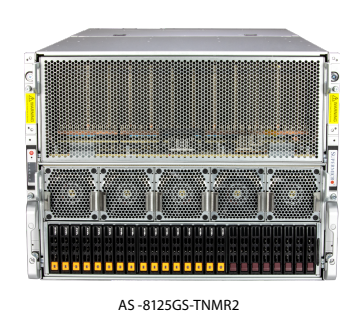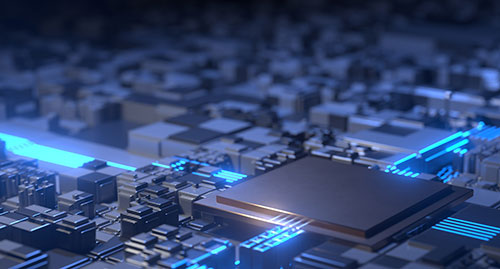If you have engineering customers, take note. Supermicro and AMD have partnered with Ansys Inc. to create an advanced HPC platform for engineering simulation software.
The Supermicro SuperBlade, powered by AMD EPYC processors, provides exceptional memory bandwidth, floating-point performance, scalability and density for technical computing workloads.
This makes the Supermicro system especially valuable to your customers who use Ansys software to create complex simulations that help solve real-world problems.
The power of simulation
As you may know, engineers design the objects that make up our daily lives—everything from iPhones to airplane wings. Simulation software from Ansys enables them to do it faster, more efficiently and less expensively, resulting in highly optimized products.
Product development requires careful consideration of physics and material properties. Improperly simulating the impact of natural physics on a theoretical structure could have dramatic, even life-threatening consequences.
How bad could it get? Picture the wheels coming off a new car on the highway.
That’s why it’s so important for engineers to have access to the best simulation software operating on the best-designed hardware.
And that’s what makes the partnership of Supermicro, AMD and Ansys so valuable.The result of this partnership is a software/hardware platform that can run complex structural simulations without sacrificing either quality or efficiency.
Wanted: right tool for the job
Product simulations can lead to vital developments, whether artificial heart valves that save lives or green architectures that battle climate change.
Yet complex simulation software is extremely resource-intensive. Running a simulation on under-equipped hardware can be a frustrating and costly exercise in futility.
Even with modern, well-equipped systems, users of simulation software can encounter a myriad of roadblocks. These are often due to inadequate processor frequency and core density, insufficient memory capacity and bandwidth, and poorly optimized I/O.
Best-of-breed simulation software like Ansys Fluent, Mechanical, CFX, and LS-DYNA demands a cutting-edge turnkey hardware solution that can keep up, no matter what.
That’s one super blade
In the case of Supermicro’s SuperBlade, that solution leverages some of the world’s most advanced computing tech to ensure stability and efficiency.
The SuperBlade’s 8U enclosure can be equipped with up to 20 compute blades. Each blade may contain up to 2TB of DDR4 memory, two hot-swap drives, AMD Instinct accelerators and 3rd gen AMD EPYC 7003 processors.
The AMD processors include up to 64 cores and 768 MB of L3 cache. All told, the SuperBlade enclosure can contain a total of 1,280 CPU cores.
Optimized I/O comes in the form of 1G, 10G, 25G or 100G Ethernet or 200G InfiniBand. And each node can house up to 2 additional low-profile PCIe 4.0 x16 expansion cards.
The modular design of SuperBlade enables Ansys users to run simultaneous jobs on multiple nodes in parallel. The system is so flexible, users can assign any number of jobs to any set of nodes.
As an added benefit, different blades can be used in the same chassis. This allows workloads to be assigned to wherever the maximum performance can be achieved.
For instance, a user could launch a four-node parallel job on four nodes and simultaneously two 8-node parallel jobs on the remaining 16 nodes. Alternatively, an engineer could run five 4-node parallel jobs on 20 nodes or ten 2-node parallel jobs on 20 nodes.
The bottom line
Modern business leaders must act as both engineers and accountants. With a foot planted firmly on either side, they balance the limitless possibilities of design with the limited cash flow at their discretion.
The Supermicro SuperBlade helps make that job a little easier. Supermicro, AMD and Ansys have devised a way to give your engineering customers the tools they need, yet still optimize data-center footprint, power requirements and cooling systems.
The result is a lower total cost of ownership (TCO), and with absolutely no compromise in quality.
Do more:
- Read a white paper: Supermicro SuperBlade Powered by AMD EPYC Processors Excels for Ansys Simulations (PDF)
- Check out Supermicro SuperBlade multi-node servers
- Browse the AMD EPYC server processors












